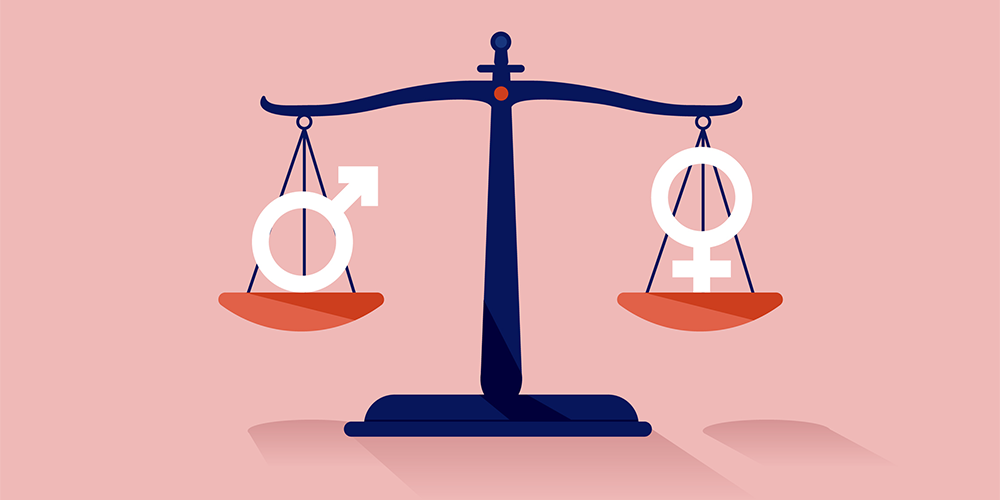In assessing Australia’s gender equality progress, they are among many in the ongoing pursuit of gender equality. Nations worldwide continually assess their progress through various metrics and benchmarks. One such evaluation tool is the Gender Equality Scorecard, a comprehensive report provided by the Workplace Gender Equality Agency (WGEA) in Australia. Released annually, this document dissects the state of gender equality across workplaces, shedding light on both achievements and areas needing improvement.
The latest installment of the Gender Equality Scorecard for the year 2022-23 offers a nuanced perspective on Australia’s journey toward gender parity. As we delve into its findings, it becomes evident that while significant strides have been made, considerable challenges persist.
Closing the gender pay gap: Progress and potholes
One of the pivotal indicators of gender equality is the gender pay gap, a metric that continues to garner attention globally. The Scorecard highlights a modest reduction in Australia’s gender pay gap, albeit at a sluggish pace. While any progress in this area is commendable, the persistent gap underscores the entrenched nature of gender-based disparities in compensation.
Furthermore, the report underscores the intersectional nature of the pay gap, revealing disparities faced by women from diverse backgrounds, including Indigenous Australians and those with disabilities. Addressing these nuanced challenges demands targeted interventions that go beyond conventional solutions.
Leadership representation: A glass ceiling or a cracked ceiling?
Advancing gender equality necessitates dismantling barriers to women’s leadership and representation in decision-making roles. The Scorecard reveals a gradual increase in the proportion of women occupying leadership positions, indicating a positive trend. However, women remain underrepresented in senior executive roles, highlighting the existence of a glass ceiling impeding their ascent to the upper echelons of corporate hierarchies.
Moreover, while progress has been made in increasing the number of women on boards, achieving true parity requires sustained efforts in challenging ingrained biases and fostering inclusive leadership cultures.
Workplace policies and practices: Navigating the roadblocks
Workplaces play a pivotal role in fostering gender equality through their policies and practices. The Scorecard evaluates various aspects, including flexible work arrangements, parental leave provisions, and initiatives to combat workplace harassment and discrimination.
While many organisations have embraced flexible work arrangements in response to changing societal dynamics, accessibility and implementation remain key challenges. Additionally, parental leave policies often fall short in addressing the diverse needs of employees, particularly those outside the traditional nuclear family structure.
Furthermore, despite concerted efforts to eradicate workplace harassment and discrimination, instances of gender-based mistreatment persist, underscoring the imperative for robust enforcement mechanisms and cultural transformation initiatives.
Governments and organisations must adopt innovative policies that address the intersecting dimensions of gender inequality, including race, ethnicity, disability, and sexual orientation.
The path forward: A call to action
As we reflect on the insights gleaned from Australia’s gender equality progress depicted in the Gender Equality Scorecard, it becomes evident that achieving meaningful progress requires a multifaceted approach:
Policy Innovation: Governments and organisations must adopt innovative policies that address the intersecting dimensions of gender inequality, including race, ethnicity, disability, and sexual orientation.
Cultural transformation & collaborative partnerships
Cultivating inclusive workplace cultures demands proactive measures to challenge biases, foster allyship, and empower underrepresented groups to thrive. Driving systemic change necessitates collaboration across sectors, with governments, businesses, civil society, and academia joining forces to amplify impact and share best practices.
Data-driven decision-making
Continuous monitoring and evaluation, as exemplified by the Gender Equality Scorecard, are essential for tracking progress, identifying gaps, and informing targeted interventions in order to drive Australia’s gender equality progress even further.
Empowering women
True gender equality can only be achieved by empowering women economically, socially, and politically, ensuring equal opportunities for all individuals to fulfill their potential.
While Australia’s Gender Equality Scorecard provides valuable insights into the state of gender equality, it also serves as a clarion call for renewed commitment and concerted action. By embracing a holistic approach and leveraging the collective efforts of stakeholders, we can pave the way for a future where gender equality is not just an aspiration but a lived reality for all.
Kris Clelland, MD of TALiNT Partners APAC commented: “The national median total remuneration gender pay gap of 19% underscores a significant earnings divide between men and women, a disparity pervasive across all industries. Sectors with higher pay rates, like construction with a 31.8% gap, amplify this divide, while industries such as accommodation and food services show a narrower gap at 1.9%. Additional payments such as bonuses and overtime, common in male-dominated fields, exacerbate the gap by favouring higher-paid male roles. However, there is a glimmer of hope as the presence of women in leadership roles, such as CEOs, is linked to reduced employer gender pay gaps, and gender-balanced key management teams correlate with a more neutral gender pay gap.”
To stay up to date with our latest insights, take a look at our features page.





